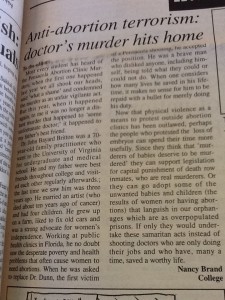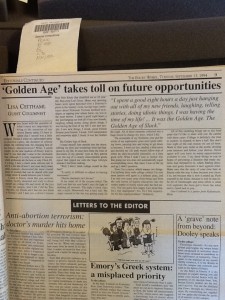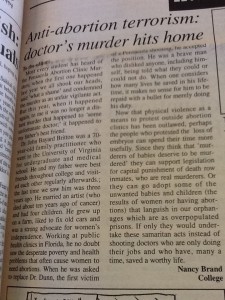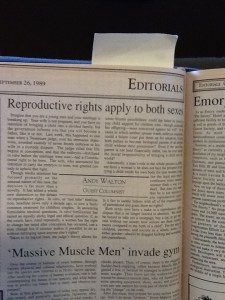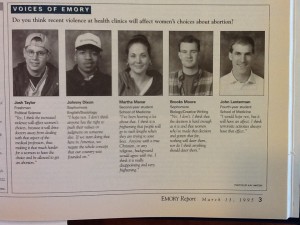Society, these days, is striated by a plethora of expectations and generalizations that are constructed through a process of following norms. Not bringing light to issues that are often overlooked further perpetuates this cycle and creates room for these stereotypes to grow in the future. This week, the readings were on a subject that is not often discussed and this is the rape of men.
When I hear the term rape, I naturally think about a woman being the victim and a man being the perpetrator. I think about different programs and educational campaigns outlining the risks of rape and tips for women to keep safe. When I leave home whenever I visit Los Angeles and my mom tells me to be careful, I immediately relate danger to potential gang activity during which I may be in the wrong place at the wrong time or even being in a car accident. In fact, if my father were to give me pepper spray to keep on me, I can’t say that I would not be offended. Walking down a dark street perhaps after a party, if I were to be behind a girl walking alone, I would make sure not to walk too close so she doesn’t feel I am following her because I know there are many women that would be bothered by a strange male walking behind them. All of these, I admit, are ways in which I think that have been influenced by societal norms.
In “Effects of Rape on Men: A Descriptive Analysis,” Walker and colleagues state “it is estimated that the help and support for male victims of rape is more than 20 years behind that of female victims.” This, to me, is because due to two things. For one, a man getting raped is not something that is expected, or rather a woman is seen as a more likely victim. On the other hand, a male victim is likely viewed as more able to cope with the psychological trauma of such an invasion.
It all comes down to the ideas of masculinity and femininity. The vulnerable and helpless qualities that are close-mindedly yet habitually attributed to women make it seem as though they would be the more likely victims. In addition to this, the overly masculinized image of a man has created almost a set of laws, governing what can and cannot be done to and by males that wish to call themselves masculine. In fact, sixty-eight percent of the participants in the Walker et al. study reported having problems with their sense of masculinity after the assault. One participant quoted “the assault was a threat to my male pride and dignity. It was a shock to find that a so-called ‘strong man’ could become a helpless victim of sexual assault at the hands of another man. My sense of who I was (ex-army) was destroyed for about 10 years.”
In general, we limit ourselves by allowing our opinions to interfere with our awareness. Personal feelings are no match for the prevalence of violence and discrimination across America and more.

